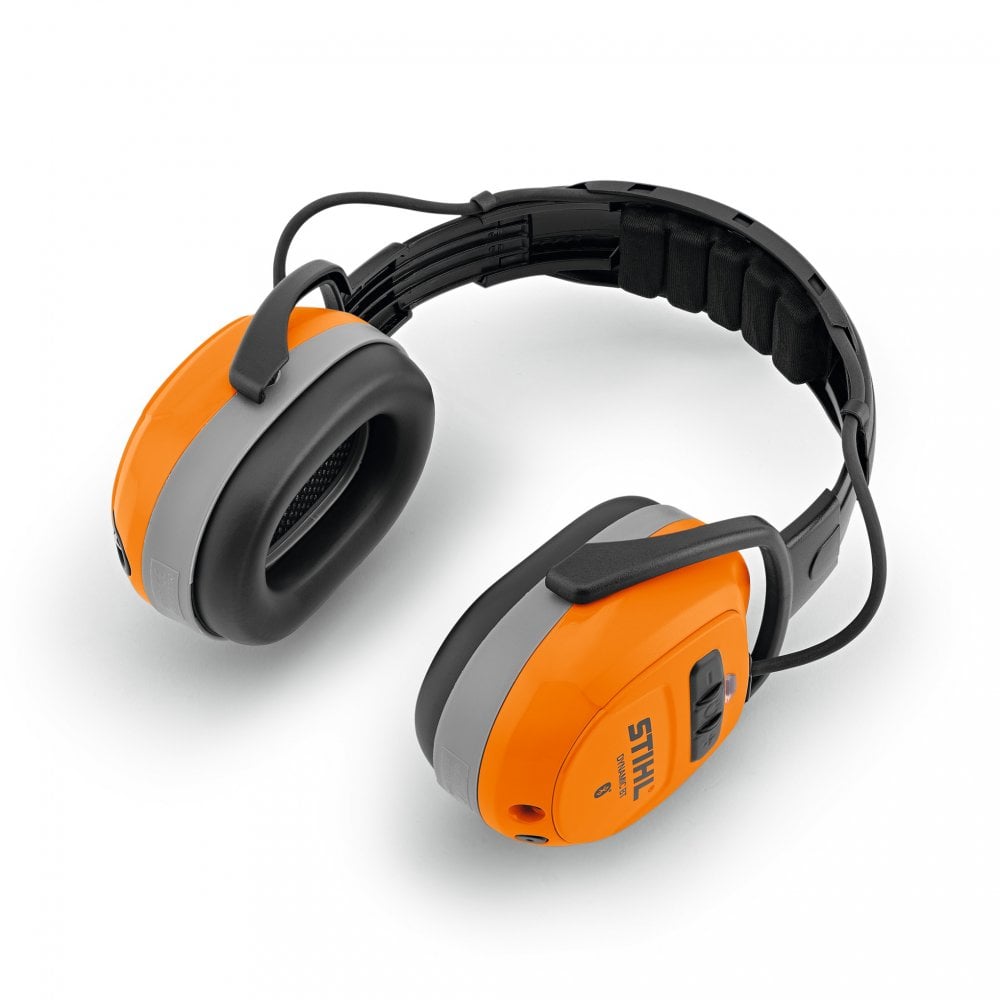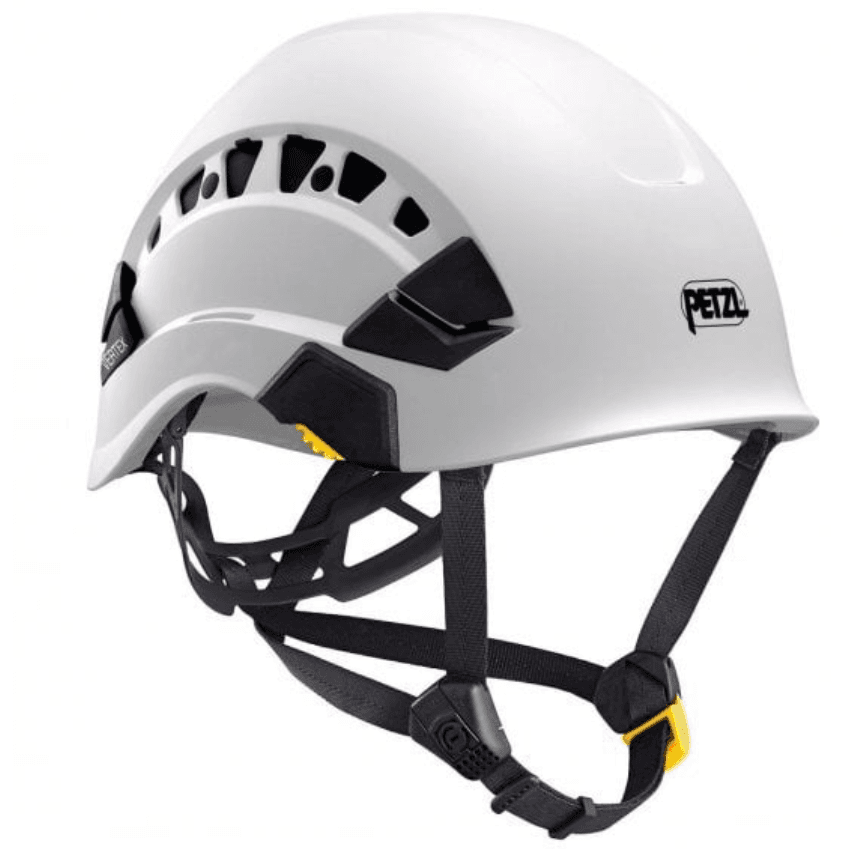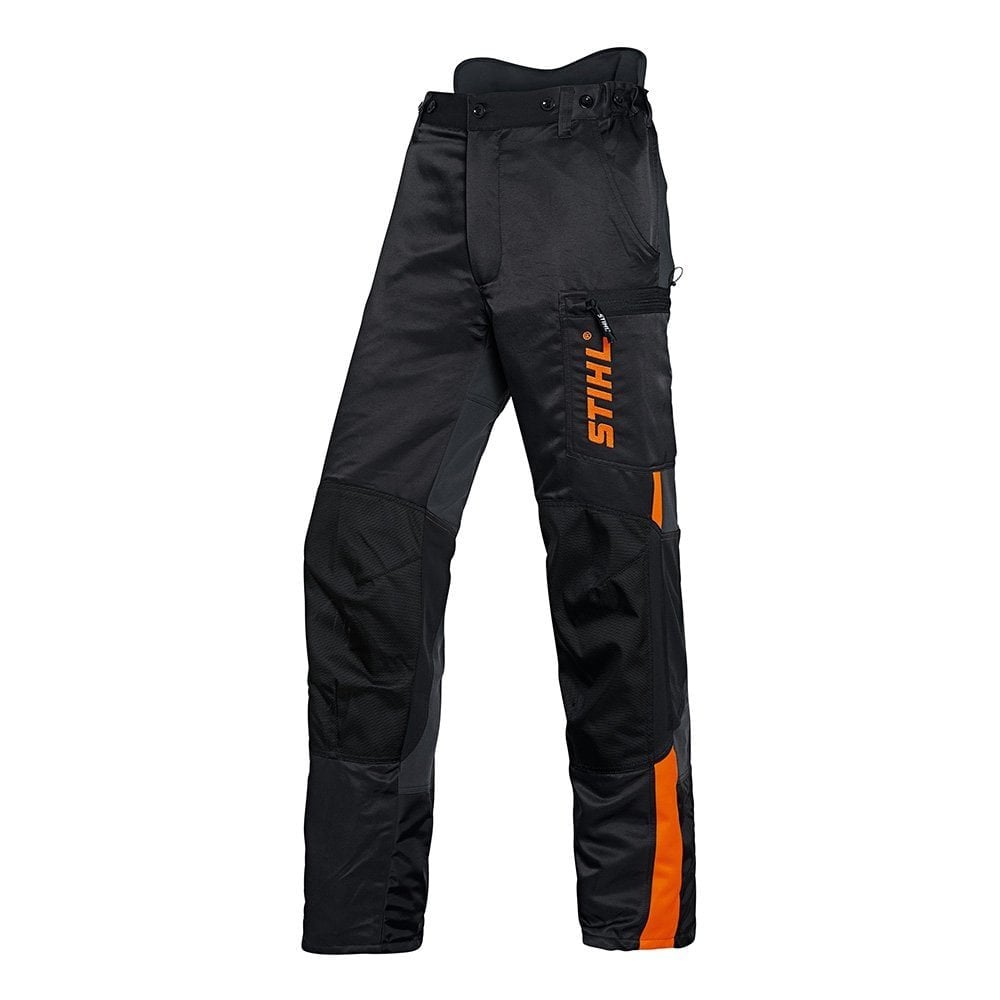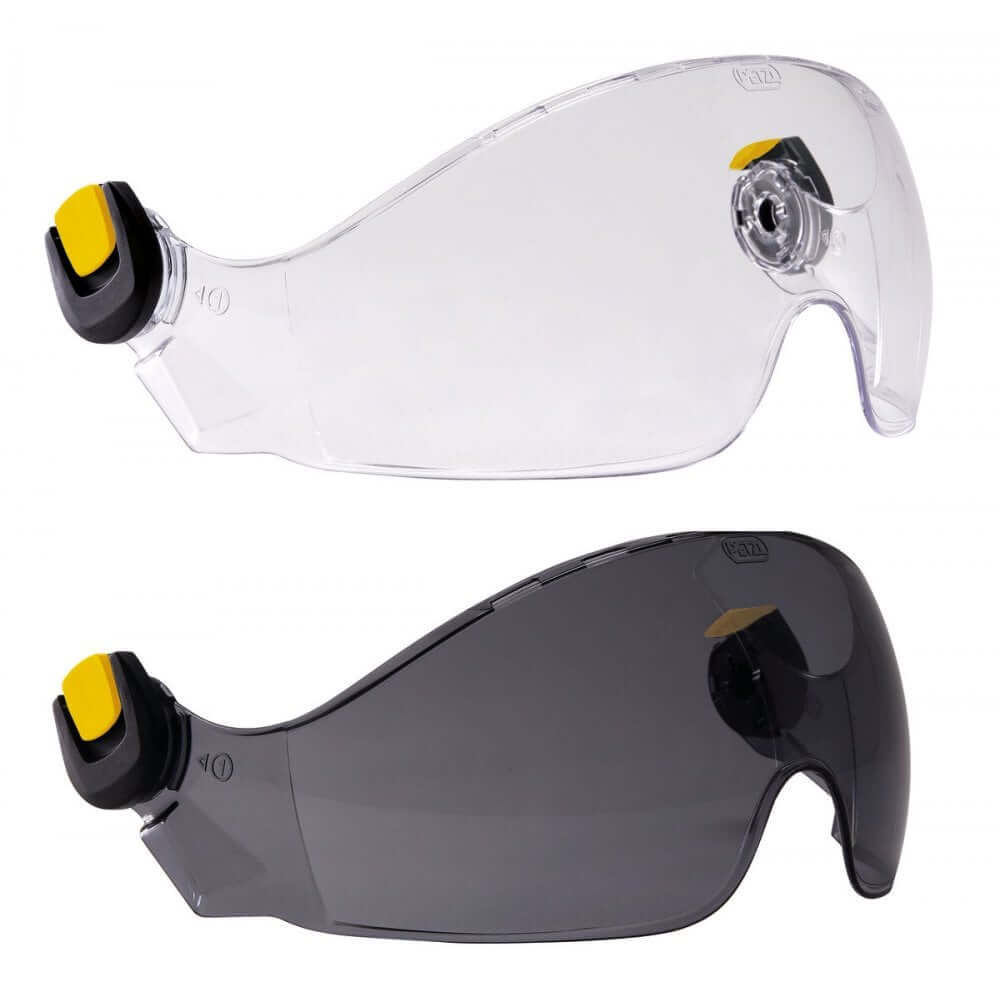The EU classification standards determine the requirements and testing for each piece of chainsaw clothing. The classification standards also provide numerical categorisation for the resistance of chainsaw clothing against the blade's speed. The numerical categories are split into four classes:
• Class 0 - 16 metres per second (36 mph)
• Class 1 - 20 metres per second (45 mph)
• Class 2 - 24 metres per second (54 mph)
• Class 3 - 28 metres per second (63 mph)
These classes represent the speed at which the chainsaw clothing can withstand a chainsaw blade without damage. Chainsaw protective clothing does not fully protect the user against injury; however, it greatly reduces the chance of an accident.

























